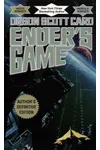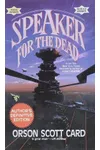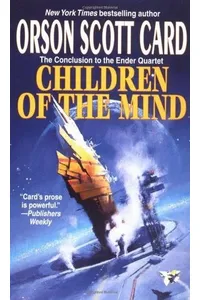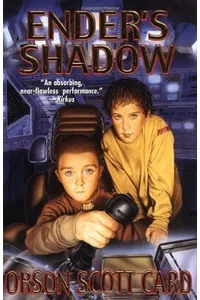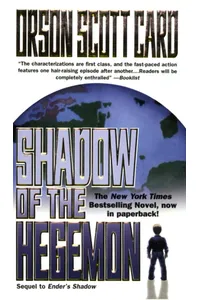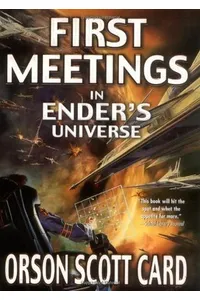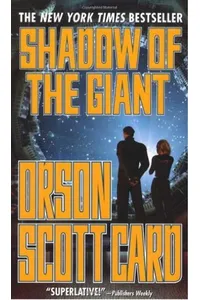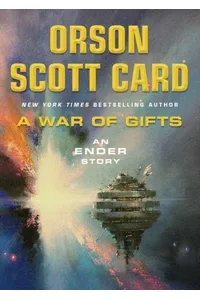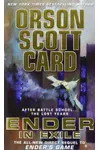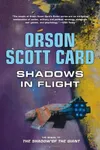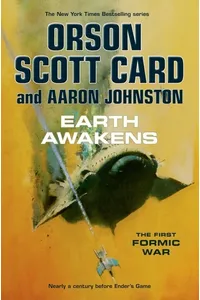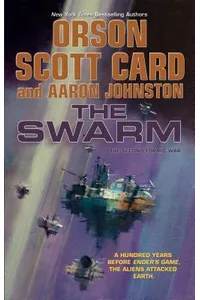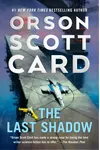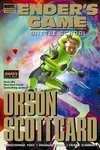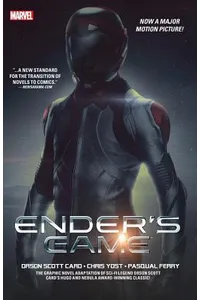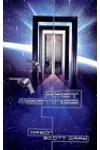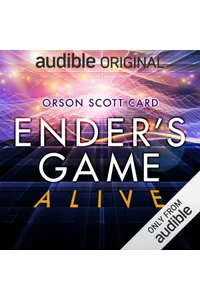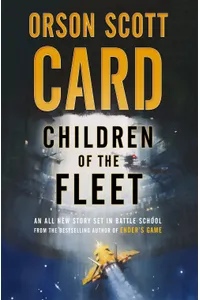Step into the thrilling world of the Ender Saga, where child prodigies command starships and the fate of humanity hangs in the balance! Orson Scott Card’s groundbreaking science fiction series follows Andrew 'Ender' Wiggin, a brilliant young strategist trained to fend off an alien invasion. With its gripping blend of interstellar warfare, moral dilemmas, and deep emotional resonance, the Ender Saga has captivated readers for decades.
From its debut novel to its sprawling sequels, this saga isn’t just about battles in space—it’s about what it means to lead, to sacrifice, and to be human. Whether you’re a sci-fi fanatic or a newcomer, Ender’s journey offers a universe of thought-provoking adventure.
How Ender Saga Began
In the late 1970s, Orson Scott Card, a budding author with a knack for storytelling, crafted a short story called 'Ender’s Game.' Inspired by military history and his fascination with strategic genius, Card expanded it into a novel by 1985. His vision? A futuristic world where children, not adults, are humanity’s greatest hope against an alien threat known as the Formics. Card’s unique spin on leadership and empathy set the stage for a saga that would redefine sci-fi.
The Heart of Ender Saga
The Ender Saga spans numerous novels, but a few stand out as pillars of the series. Ender’s Game (1985) introduces Ender Wiggin, a young boy recruited into a brutal military academy to become Earth’s ultimate commander. His tactical brilliance and emotional struggles drive the story to a shocking climax. Speaker for the Dead (1986), the sequel, shifts gears, exploring Ender’s adult life as he grapples with guilt and seeks redemption across planets. This novel won the Hugo and Nebula Awards, cementing the saga’s literary clout.
Xenocide (1991) and Children of the Mind (1996) dive deeper into philosophical territory, tackling themes of coexistence and sacrifice as Ender confronts new alien species and his own legacy. The series’ hallmark is its blend of high-stakes action with profound questions about morality, leadership, and the cost of war. Set in a richly imagined universe of faster-than-light travel and telepathic aliens, Card’s conversational yet introspective style keeps readers hooked.
Beyond the mainline novels, the saga includes prequels and side stories, like Ender’s Shadow (1999), which follows Bean, Ender’s cunning ally. Each book layers new perspectives, making the series a tapestry of human (and alien) experiences.
Why Ender Saga Resonates
The Ender Saga’s impact on science fiction is undeniable. Its blend of accessible storytelling and complex themes has inspired authors, filmmakers, and even video game developers. Ender’s Game alone won the Hugo and Nebula Awards, a rare feat, and its 2013 film adaptation brought Ender’s story to new audiences. Fans cherish the series for its relatable characters—Ender’s struggles with isolation and responsibility mirror universal coming-of-age challenges.
Card’s exploration of empathy, especially in Speaker for the Dead, pushed sci-fi beyond laser battles, influencing the genre’s shift toward character-driven narratives. Decades later, the saga remains a touchstone for discussions about leadership and ethics in a tech-driven world.
- About Ender Saga
- First published: 1985 (Ender’s Game)
- Main series books: 7 core novels, plus numerous prequels and spin-offs
- Awards: Hugo and Nebula Awards for Ender’s Game and Speaker for the Dead
- Setting: A future universe with interstellar travel and alien species
Dive into Ender’s Game and explore the Ender Saga’s thrilling sci-fi universe! Whether you’re chasing epic battles or soul-stirring questions, Ender’s journey is a ride worth taking.
